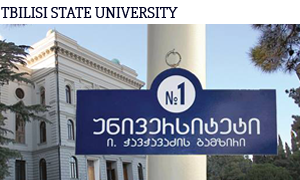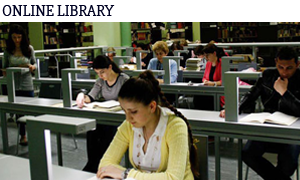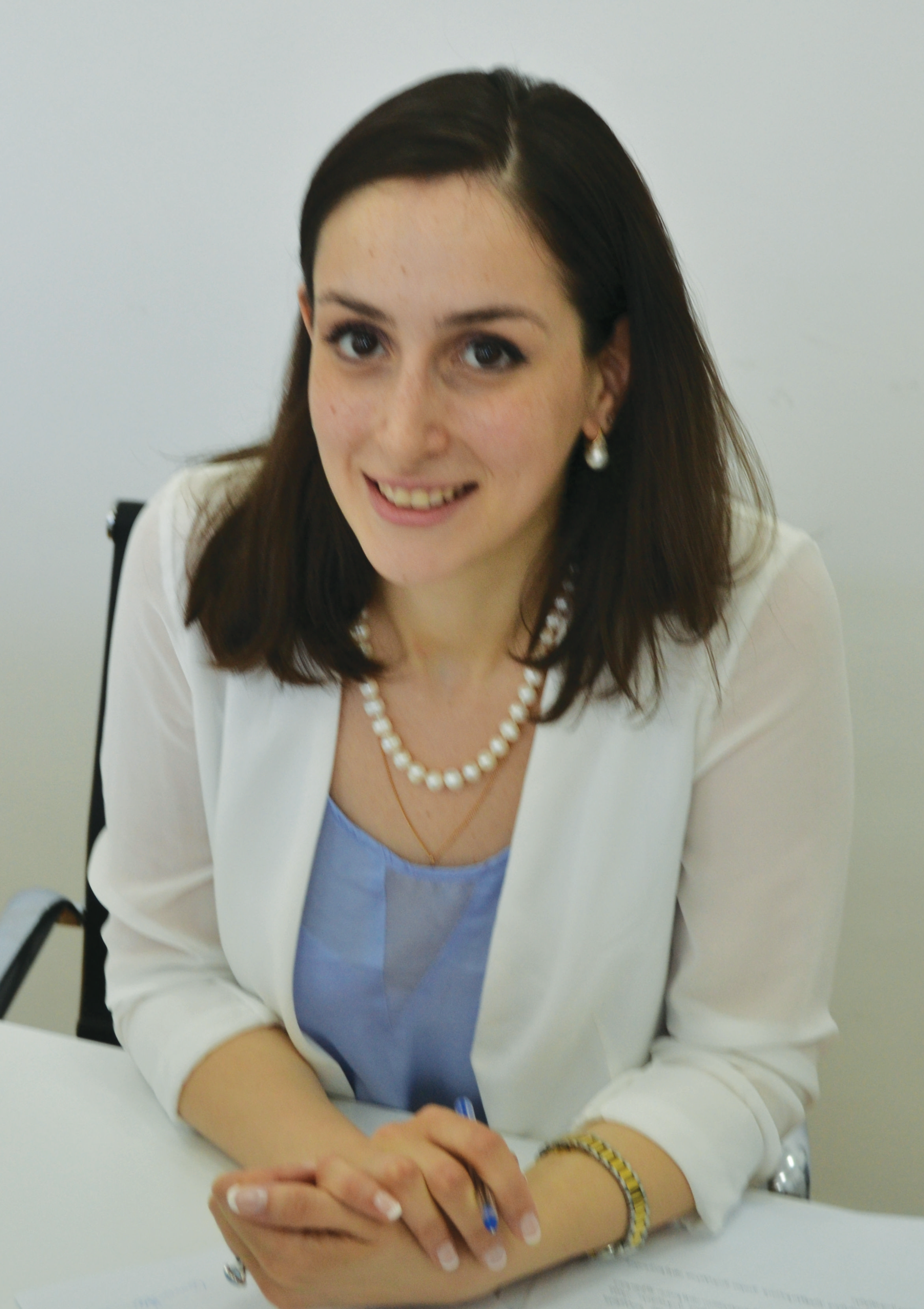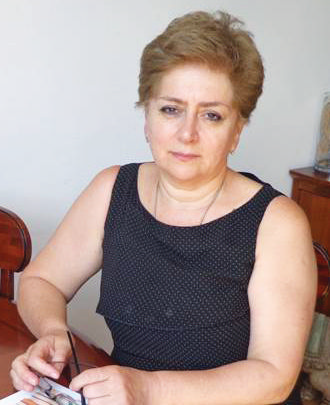
FACULTY OF MEDICINE
The Mouth – Mirror of the Human Organism
Dentists believe that the mouth cavity is a mirror of the entire human organism, as its condition simultaneously reflects and defines the general condition of human health. Cavities are multi-factorial affecting different parts of the teeth and causing tooth decay. According to the data of international organizations tooth decay is one of the most widespread diseases in both children and adults.
Research conducted by TSU scientists on “Tooth decay and the state of periodontal tissue in Georgian pediatric dentistry” was a six-month study that examined the issue for school children in 2011. Children living in Tbilisi, Kutaisi, Batumi, Akhaltsikhe and Marneuli were examined during this period. The project was implemented by the Department of Stomatology and Jaw & Facial Surgery at the TSU Faculty of Medicine in cooperation with the Israeli Division of the International Association for Dental Research.
“Large-scale epidemiological research had not been conducted in Georgia for almost 30 years. This study provides a current picture of the Georgian population’s dental health and is the initial stage in preventive dentistry. Based on the results we can select programs to reduce the spread of dental diseases in Georgian children,” said Manana Kalandadze, MD and Associate Professor at the Department of Stomatology and Jaw & Facial Surgery of the TSU Faculty of Medicine.
 Caries is a non-communicable disease (NCD), a chronic disease in adults and the most common disease in children. As a result of accumulation of carbohydrates on the tooth surface, bacteria discharge acids cause demineralization of hard tissue (dentin and enamel) and lead to tooth decay. According to data from the World Health Organization caries causes economic losses due to its rapid spread, and has been entered on the list of social diseases (The Oral Heath Atlas). The spread of caries is defined by the dental caries intensity index, a parameter defined by the total amount of decayed, filled and extracted teeth. It’s defined in children by the total number of decayed and filled teeth, because they may lack teeth because of their physiological changes.
Caries is a non-communicable disease (NCD), a chronic disease in adults and the most common disease in children. As a result of accumulation of carbohydrates on the tooth surface, bacteria discharge acids cause demineralization of hard tissue (dentin and enamel) and lead to tooth decay. According to data from the World Health Organization caries causes economic losses due to its rapid spread, and has been entered on the list of social diseases (The Oral Heath Atlas). The spread of caries is defined by the dental caries intensity index, a parameter defined by the total amount of decayed, filled and extracted teeth. It’s defined in children by the total number of decayed and filled teeth, because they may lack teeth because of their physiological changes.
The Georgian researchers evaluated the dental status of 1053 children (541 females and 512 males) divided into three age groups: first grade (5-6 years) or 404 children; seventh grade (12 years) or 335 children; and tenth grade (15 years) , or 314 children. The spread of caries was evaluated in all three groups. The pathology of periodontal tissue was found only in the tenth grade children.
The research showed that the average spread of caries in the Georgian population of school age is 1.81 (according to the dental caries intensity index). This figure is not high compared to the average world parameter of 2.0. The development of preventive programs will further reduce the spread of caries. As for the evaluation of periodontal tissue there was an average parameter of dental deposits of 0.54. Lower parameters of dental deposits, dental calculus and deep tooth pockets were observed in girls compared with boys. Dental calculus formation was observed in 27% of all children and bleeding in 26%., according to Mariam Margvelashvili, MD, from the Department of Stomatology and Jaw & Facial Surgery at the TSU Faculty of Medicine.
The research was carried out using guidelines defined by the World Health Organization (WHO Oral Health Surveys: Basic Methods, 4th Edition). The scientists from Israel held a workshop on WHO standards, so they would observe these while examining children’s mouths and while defining relevant parameters. According to the researchers this will help develop preventive programs and permit comparisons with other countries, helping Georgia to become part of the “world oral cavity map”. Work is now underway on a second edition of the Oral Health Atlas which will include the results of the Georgian research.
The following conclusions were made: Unlike periodontal tissue diseases, the spread of caries is not high in Georgian children of school age. Statistical data show that parodontosis (periodontal disease) is lower in girls than in boys. It will be necessary to carry out further research to help identify the differences in the frequency of the disease between regions, to determine the connection of the frequency with independent factors (diet, fluorine, mouth cavity hygiene, social-economic status) andl to develop preventive programs. These programs involve education on the necessity of dental hygiene and correct nutrition for both schoolchildren and adults. It would be possible to carry out fissural closure in the framework of a state program. This prophylactic measure permits closing fissures with a filling or sealing material that protects a new tooth against decay. The preventive program also involves water fluoridation or fluoridated food (milk, salt) in those regions that lack fluorine.
The following dentists were involved in the research: Vladimer Margvelashvili, professor, doctor of medicine, chairman of the Department of Stomatology and Jaw & Facial Surgery of the TSU Faculty of Medicine; Manana Kalandadze, doctor of medicine, associate professor at the Department of Stomatology and Jaw & Facial Surgery of the TSU Faculty of Medicine; Mariam Margvelashvili, doctor of medicine, the Department of Stomatology and Jaw & Facial Surgery of the TSU Faculty of Medicine; Nino Tsintsadze, the Department of Fixed Prosthesis and Dental Materials of the Toscana Dental School; Rusudan Ivanishvili, doctoral student, the Department of Stomatology and Jaw & Facial Surgery of the TSU Faculty of Medicine; Tamuna Lomidze, candidate of medical sciences, the Department of Stomatology and Jaw & Facial Surgery of the TSU Faculty of Medicine; practicing dentists: Tea Mirotadze, Ia Chigvinadze, Giorgi Apkhadze; the representatives of the Dental Faculty of the University of Israel – doctors of medicine, professor Leon Bilder and Harold Scan-Cohen; doctors of medicine, representatives of the Periodontology Department of the Rambam Health Care Campus of the Tel Aviv University Liran Levin and Professor Eli E. Machtei.
In future the group of researchers plans to carry out similar research among the adult population, where naturally the results of this research will be considered too.
Publications and References
1. Periodontal Status among Adolescence in Georgia. A pathfinder study Liran Levin, Vladimer Margvelashvili, Leon Bilder, Manana Kalandadze, Nino Tsintsadze, Eli E. Machtei submitted to IDJ – International Dental Journal.
The results of the following research were presented to international conferences: Bilder L, Machtei E, Margvelashvili M, Ivanishvili R, Levin L. Traumatic Dental Injuries among Children in Georgia: A Pathfinder Study. PER/IADR Congress, Helsinki, Finland, September 2012.
Margvelashvili V, Kalandadze M, Bi lder L, Scan-Cohen HD, Levin L, Gordon M. Dental Caries Experience among Schoolchildren in Georgia. A Pathfinder Study. PER/IADR Congress, Helsinki, Finland, September 2012.
Levin L, Margvelashvili V, Kalandadze M, Tsintsadze N, Machtei E. Periodontal Status among Adolescence in Georgia. A Pathfinder Study. PER/IADR Congress, Helsinki, Finland, September 2012.
Margvelashvili M, Margvelashvili V, Levin L, Machtei E, Scan-Cohen H. Dental Caries Experience and Periodontal Status among Schoolchildren in Georgia. 5th International Annual Conference of Georgian Stomatological Association and FDI - World Dental Federation CE Program “Dental Tbilisoba”, Tbilisi, Georgia, November 2012.
Annual World Dental Congress of the World Dental Federation, Istanbul 2013.





